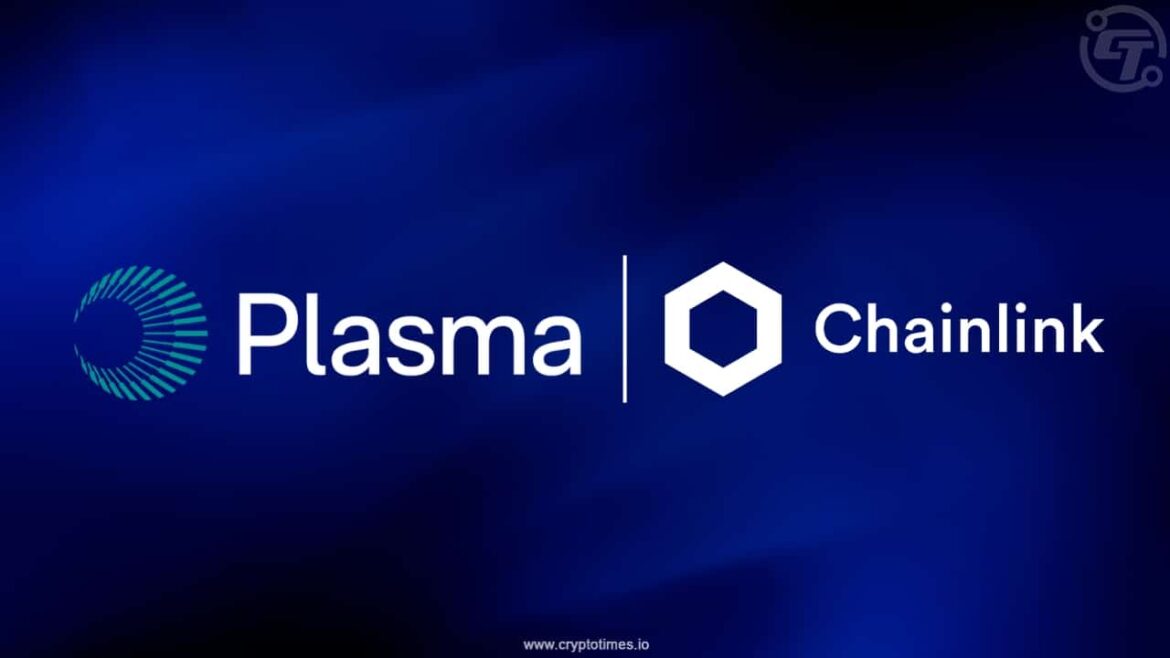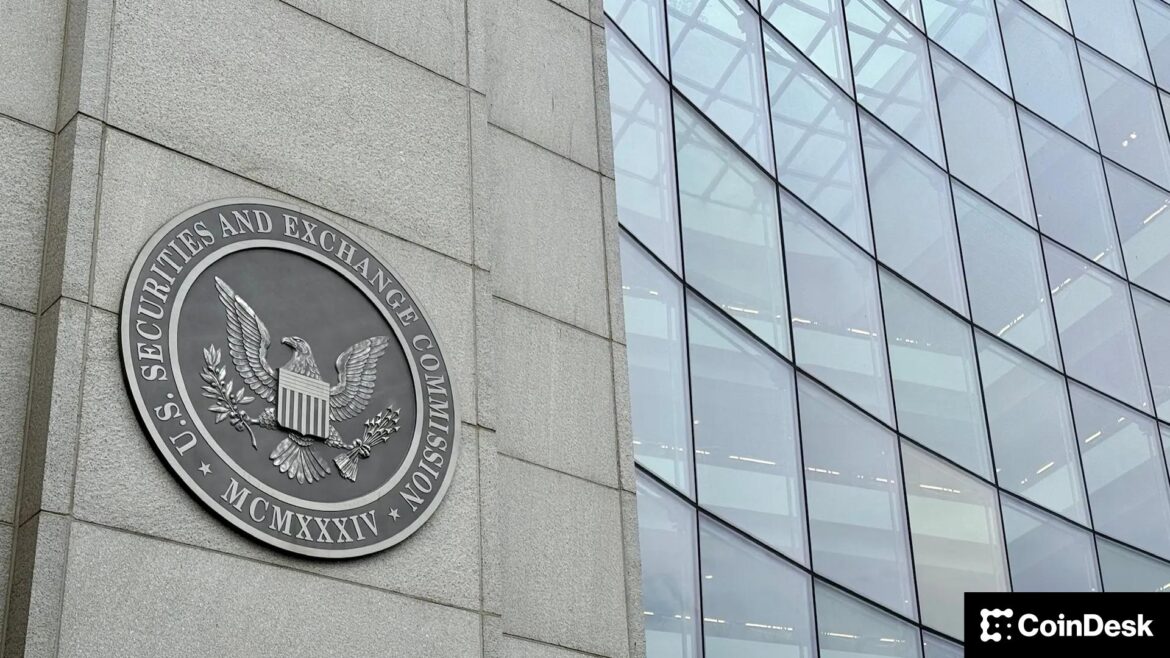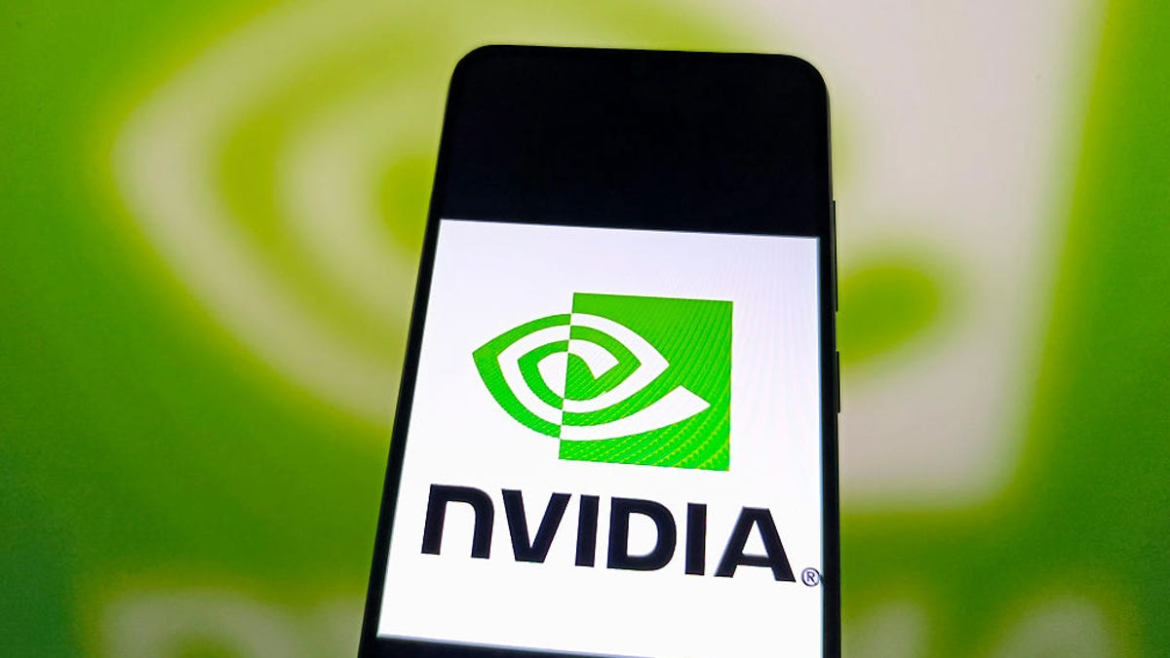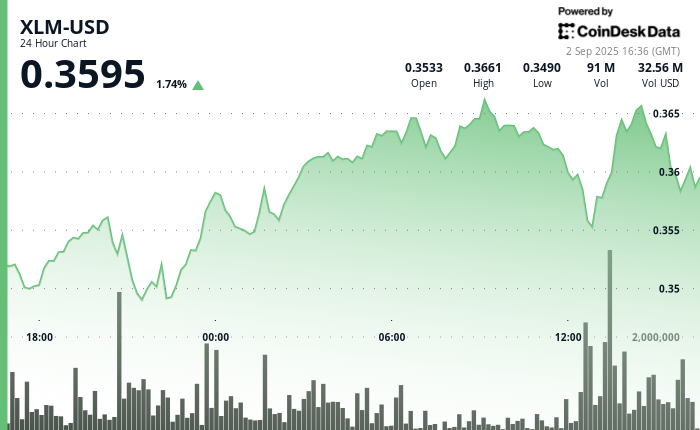Plasma, a newly launched layer 1 blockchain built specifically for stablecoins, has announced a partnership with Chainlink to integrate decentralized oracle services into its network. The collaboration will enable Plasma to provide accurate and high-performance data feeds for stablecoin transactions.
Stablecoin rails for global money movement require accurate, high performance data feeds.
We are partnering with @Chainlink to provide oracle services on Plasma so builders can use digital dollars to create life-changing financial applications for those who need it most. https://t.co/FSt7zHSTwZ
— Plasma (@Plasma) October 3, 2025
Following this partnership, Plasma has joined the Chainlink SCALE program, giving developers access to Chainlink Data Feeds and the Cross-Chain Interoperability Protocol (CCIP). These integrations provide tamper-resistant pricing, real-time payment data, and secure cross-chain messaging to more than 60 other blockchains. Builders on the Plasma network will now be able to create a digital dollar application aimed at delivering accessible and secure financial services.
According to Chainlink, Plasma surpassed $5.5 billion in stablecoin supply just one week after its launch, highlighting rapid demand for stablecoin-focused blockchains.
Aave live at launch
Highlighting the ecosystem push, Aave, the largest liquidity protocol, went live on Plasma at launch. Backed by Chainlink’s infrastructure, Aave brings deep stablecoin liquidity into the Plasma network and expands its reach to a new class of builders and users.
Paul Faecks, founder and CEO of Plasma, said, “Stablecoins are one of the most important use cases in crypto. They give everyone, everywhere permissionless access to core financial services, including saving, spending, and earning. Plasma is building the infrastructure for this global financial system, and we are thrilled to join Chainlink Scale and adopt the Chainlink data and interoperability standards. With Chainlink, Plasma can scale our onchain ecosystem, strengthen our stablecoin rails, and bring mainstream adoption closer to reality.”
Stani Kulechov, Founder and CEO of Aave Labs, said, “Stablecoins are foundational to DeFi’s growth, and Aave secures over 70% of all stablecoins across DeFi lending. Bringing that deep liquidity to Plasma from day one—alongside Chainlink’s leading oracle infrastructure—extends it to a high-throughput network and a new community of builders. Together we unlock instant, low-cost stablecoin movement and secure cross-chain connectivity for real-time payments and next-generation onchain finance.”
Addressing market concerns
The announcement follows a turbulent week for XPL. On October 2, 2025, Plasma Labs issued a statement to counter speculation after its token came under heavy selling pressure. The team clarified that no member or inventor has sold tokens. Plasma stressed that all XPL allocations remain locked for three years with a one-year cliff.
Co-founder Paul added that while some employees previously worked at Blur and Blast, others came from global firms like Google, Meta, Goldman Sachs, and Temasek. Plasma also denied rumors of any ties to market maker Wintermute, confirming it has never contacted them.
Regulatory Backdrop
Plasma’s push comes against a shifting backdrop. In Washington, lawmakers recently passed the Genius Act, the first federal framework for stablecoins. The law requires issuers to be licensed, hold reserves entirely in cash or treasuries, and publish regular audits. It also bans yield payments directly from issuers, as it aims to give the sector long-awaited legal clarity.
Projects like Plasma, which emphasizes transparency and dependable stablecoin rails, may benefit from the legislation if its ecosystem aligns with these standards. Partnerships with established oracle providers like Chainlink are likely to become crucial in meeting expectations for accuracy, security, and compliance readiness.
Also Read: Stablecoin Market Cap Surpasses $300B Milestone For First Time










